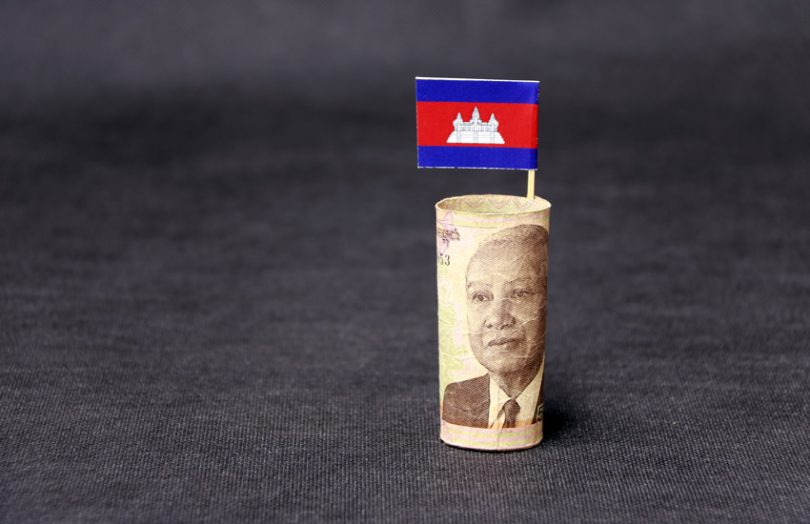A surge in users of Cambodia’s blockchain payment system, Bakong, might help address dollarization in the country, said Chea Serey, Assistant Governor of the National Bank of Cambodia (NBC).
Speaking to Nikkei Asia this month, Serey said that Bakong would encourage the use of the local currency, with the goal being doe Cambodia to “wean off” its dependence on the U.S. dollar.
While often portrayed as central bank digital currency (CBDC) for Cambodia, the main thrust of Bakong is a mobile payments system that supports both U.S. dollars and riel. The hope is it will promote local currency usage.
Progress on Bakong
From its inception, a major reason for launching Bakong was to promote financial inclusion. As much as 78% of the population is unbanked. With high mobile penetration in the country, Bakong does not require a bank account for mobile payments. Empowering the population with a means to pay digitally will aid economic growth.
The use of the Bakong has steadily been increasing. Between April and June, users doubled to reach 200,000. While that’s the number of wallet owners, those users can potentially send payments to 5.9 million people rather than only those with wallets. It’s unclear what proportion of payments were in local currency.
Developed by Japanese blockchain firm Soramitsu and launched in October 2020, Bakong is the only live central bank blockchain payments project aside from the Bahamas’ Sand Dollar, a CBDC. For the first half of 2021, Bakong recorded a total of 1.4 million transactions, with a value of $500 million.
De-dollarization
The other key goal of Bakong is to de-dollarize the Cambodian economy. Control of the money supply would enable the central bank to lower interest rates and create money.
De-dollarization remains an important focus for the Cambodian central bank. As of April 21, only 8.6% of Cambodian deposits were held in the Cambodian riel. A central bank report also found that the riel had depreciated against the U.S. dollar in April 2021.
Although digital use of the riel has increased since Bakong’s launch, Serey also stressed that Bakong alone will not enable Cambodia to shift from a U.S. dollar-based economy to one based on its local currency. “There are other policies that need to be in place, like having a stable exchange rate and inflation rate, as well as [economic] growth prospects,” she said.
Meanwhile, other countries have been picking up the pace on their CBDC research, with India and Nigeria hoping to pilot their CBDCs soon. The Central Bank of Ireland’s Governor also wrote last month about the promise of a digital euro, stating that it was a matter of “when” not “if”.






